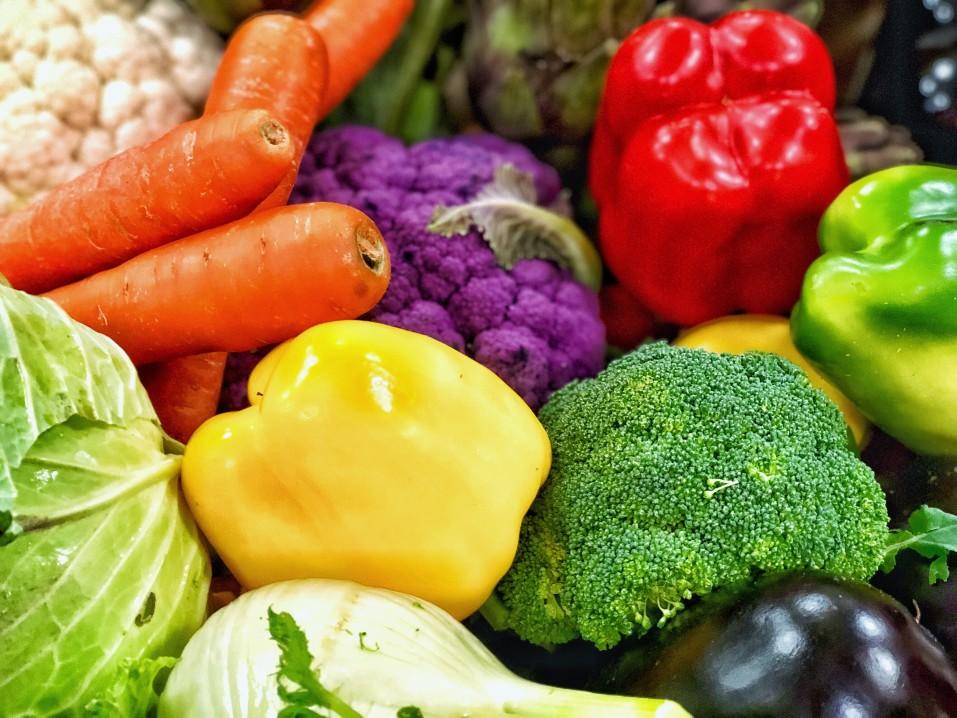Introduction to the FODMAP diet
The low FODMAP diet significantly improved the gastrointestinal health of many patients with malabsorption of fructose and irritable bowel syndrome in clinical trials. FODMAP is the kind of food that is most sensitive to intestinal bacterial fermentation.
There are indications that reducing the total intake of FODMAP to control bowel symptoms relieved the symptoms in about 75% of patients with GFR, such as irritable bowel syndrome and other GI disorders.
Functional intestinal complaints vary from person to person. Treatment of intestinal function disorders varies.
Changing the size of food, alcohol, fat and caffeine plays a key role. Consuming a sufficient amount of fiber and pure fresh water often helps control and maintain healthy digestion.
What is FODMAP?
Fermentable Oligosaccharides, Disaccharides, Monosaccharides, and Polyols
What are symptoms if you have a reaction to FODMAPS?
You may have symptoms and signs such as the following
Gas
Pain
Bloating
Abdominal distention
Abdominal pain
Diarrhea
Dieter Tips for Reduction
Diet advice to reduce fermentation of carbohydrates in the intestine is different for each person. Reducing the amount of carbohydrate during fermentation reduces the symptoms. Small amounts of these carbohydrates are often tolerated in some cases.
In other cases, it is absolutely necessary to avoid certain foods, such as onions, in order to improve the symptoms.
It is important to understand that food consumed with different levels of FODMAP accumulates at the same time, which will cause symptoms that you may not feel if you eat foods isolated.
Fructose:
This is a unique sugar, often called “fruit sugar”. Fruit is a source of fructose and the basic rule is that the sweeter tasting the fruit the more fructose will be present. Fructose is a common additive in many commercial and processed products.
Lactose:
This is the sugar that appears in most dairy and dairy products. Since FODMAP has a collective effect on gastrointestinal symptoms, it is best to limit the consumption of lactose. Hydrogenation testing can be conducted.
Many fructose are lactose intolerance because it is the most common intolerance among the population. If you are not sure, it is also better to avoid lactose.
Fructates:
Fructates are long chains “enclosed” in fructose molecules that have at the end of the glucose molecule (fructose chain with terminal polymerized glucose). The most important sources of fructane food are wheat and some veggies like arches.
Also called inulin or fructo-oligosaccharides (FOS). Fructans are nutrients for bacteria in the digestive tract. This causes the symptoms of fructose malabsorption and the absence of glucose to easily absorb these foci of fructose.
Fructans must be strictly limited.
Polyols:
Polyols are also known as sugar alcohols. They do not contain calories and do not break down at all in the body or in the body. Most of them are too large for easy distribution of small intestine, resulting in laxative effect in the digestive tract.
They include sugar alcohols with names such as sorbitol, mannitol, maltitol, isomalt, and xylitol. Excessive use may have a laxative effect. If all you need to eat for three days does not contain fructose, you probably will not experience the symptoms of polyol.
However, it is very difficult to do so. Even fructose combined in the body with glucose will produce a chemical reaction similar to what polyols have in the body.
Galactans:
Galactans are oligosaccharides containing the galactose chain of sugar, which ends with fructose and glucose.
The human body lacks the enzymes necessary for hydrolysis in the digestive components, so they fully contribute to gastrointestinal problems.
Examples of galactans are rafinoza and stahioza. It can be found in legumes (beans, lentils, chickpeas) and some vegetables, including peas and onions.
Low FODMAP Diet: some basic advice.
1. Avoid foods that are rich in free fructose and “short-term fructanes”.
2. The total amount of fructose is limited.
3. Recommendation of foods with balanced levels of fructose / glucose.
4. Free glucose intake.
5. 8 to 10 weeks with low FODMAP diet. If improvements are made, start to challenge the components separately one at a time. Determine the level of tolerance that is personal to you. Do not forget that FODMAP has a cumulative effect on your body. We recommend that you seek advice from a dietician to ensure the right nutrition and fiber needs.
What foods should I avoid?
A list of common foods that you should avoid include:
Vegetables:
Onions, Garlic, Cabbage,Broccoli, Cauliflower, Snow peas, Asparagus, Artichokes,Leeks, Beetroot, Celery, Sweetcorn, Brussels sprouts ,Mushrooms
Fruits:
Peaches,Apricots, Nectarines, Plums, Prunes, Mangoes, Apples, Pears, Watermelon, Cherries, Blackberries
Dried fruits and fruit juice concentrate
Beans and lentils:
Wheat and rye, Breads, Cereals, Pastas, Crackers, Pizza
Dairy products:
Milk, Soft cheese, Yogurt, Ice cream, Custard, Pudding, Cottage cheese
Nuts, including cashews and pistachios
Sweeteners and artificial sweeteners:
High fructose corn syrup, Honey, Agave nectar, Sorbitol, Xylitol, Maltitol, Mannitol, Isomalt
Drinks:
Alcohol, Sports drinks, Coconut water


